
Ginza: Tokyo's Luxurious Gem
Discover Ginza, Tokyo's luxurious gem, where high-end shopping, gourmet dining, and rich cultural experiences create an unforgettable urban adventure.
Ginza, one of Tokyo's most iconic neighborhoods, is a dazzling blend of historical charm and modern sophistication. Known for its upscale boutiques, high-end department stores, and gourmet dining options, Ginza is a must-visit for anyone looking to experience the opulence of Tokyo. The area comes alive with a vibrant atmosphere, especially on weekends when the main street, Chuo Dori, becomes a pedestrian paradise. Beyond shopping, Ginza offers a rich cultural experience. Visitors can explore traditional kabuki theater at the famous Kabukiza Theatre or immerse themselves in contemporary art at the numerous galleries scattered throughout the neighborhood. The juxtaposition of old and new is palpable in Ginza, where sleek skyscrapers stand alongside historic buildings, creating a unique urban landscape. Food lovers will find Ginza a culinary haven, boasting everything from Michelin-starred restaurants to quaint sushi bars and traditional izakayas. The neighborhood also hosts a variety of seasonal events and festivals, providing an ever-changing tapestry of activities for tourists to enjoy. Whether you're indulging in luxury shopping, savoring exquisite cuisine, or simply soaking in the vibrant street life, Ginza promises an unforgettable Tokyo experience.
Local tips in Ginza
- Visit on weekends to experience Chuo Dori as a pedestrian-only zone, perfect for a leisurely stroll.
- Don’t miss the Kabukiza Theatre for a traditional kabuki performance, even if you can’t understand Japanese.
- Explore side streets and alleys to find hidden gems, from boutique shops to cozy cafes.
- Make reservations in advance if you plan to dine at popular Michelin-starred restaurants.
- Visit the rooftop gardens atop department stores for a serene escape and stunning views of the city.
Ginza: Tokyo's Luxurious Gem
Ginza, one of Tokyo's most iconic neighborhoods, is a dazzling blend of historical charm and modern sophistication. Known for its upscale boutiques, high-end department stores, and gourmet dining options, Ginza is a must-visit for anyone looking to experience the opulence of Tokyo. The area comes alive with a vibrant atmosphere, especially on weekends when the main street, Chuo Dori, becomes a pedestrian paradise. Beyond shopping, Ginza offers a rich cultural experience. Visitors can explore traditional kabuki theater at the famous Kabukiza Theatre or immerse themselves in contemporary art at the numerous galleries scattered throughout the neighborhood. The juxtaposition of old and new is palpable in Ginza, where sleek skyscrapers stand alongside historic buildings, creating a unique urban landscape. Food lovers will find Ginza a culinary haven, boasting everything from Michelin-starred restaurants to quaint sushi bars and traditional izakayas. The neighborhood also hosts a variety of seasonal events and festivals, providing an ever-changing tapestry of activities for tourists to enjoy. Whether you're indulging in luxury shopping, savoring exquisite cuisine, or simply soaking in the vibrant street life, Ginza promises an unforgettable Tokyo experience.
Iconic landmarks you can’t miss
Tokyo Tower
Experience breathtaking views and cultural delights at Tokyo Tower, a landmark that beautifully blends innovation and tradition in the heart of Japan.

Kabuki-za
Experience the captivating world of Kabuki theatre at Kabuki-za in Tokyo's Ginza district, where tradition meets artistry in every performance.
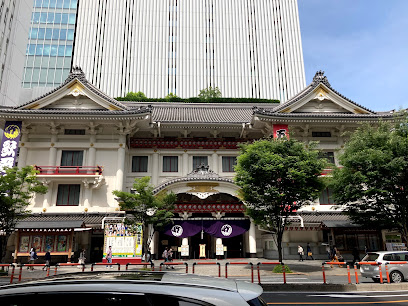
ART AQUARIUM MUSEUM
Discover the enchanting fusion of art and aquatic life at Tokyo's Art Aquarium Museum, where goldfish and creativity swim in harmony.
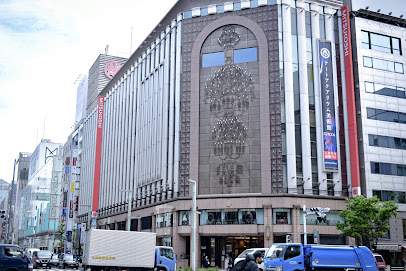
Sukiyabashi Park
Experience tranquility at Sukiyabashi Park, a serene urban oasis in Tokyo, perfectly situated near the bustling districts of Ginza and Yurakucho.

Ginza Graphic Gallery
Explore contemporary graphic art at Ginza Graphic Gallery, a vibrant cultural hub in Tokyo's upscale district.
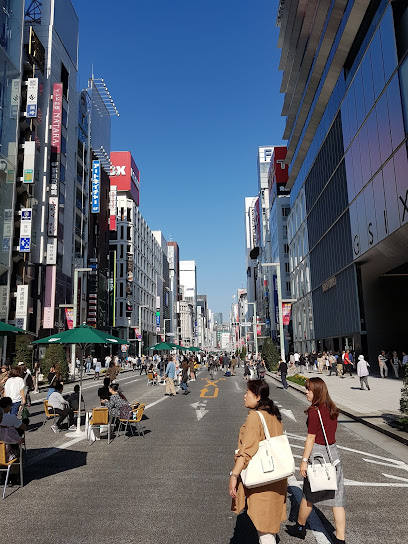
Ginza Pedestrian Paradise
Explore the luxurious Ginza Pedestrian Paradise, a vibrant car-free zone in Tokyo, perfect for shopping, art, and culinary delights.
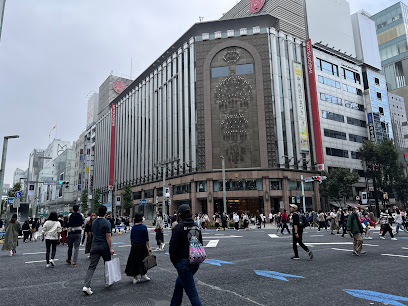
Mitsukoshi Lion Sculpture
Experience the Mitsukoshi Lion Sculpture in Tokyo's Ginza district, a stunning cultural landmark and beloved meeting point for locals and tourists alike.

Ginza Central Street
Experience luxury shopping, exquisite dining, and vibrant culture at Ginza Central Street, Tokyo's premier destination for discerning travelers.
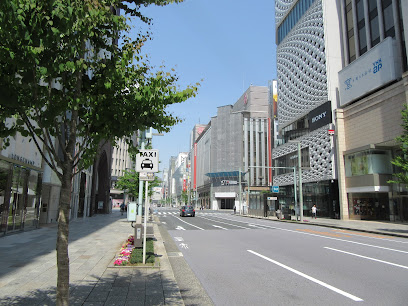
Origin of Ginza Monument
Explore the Origin of Ginza Monument, a historical landmark in Tokyo that showcases the rich cultural heritage of the Ginza district.
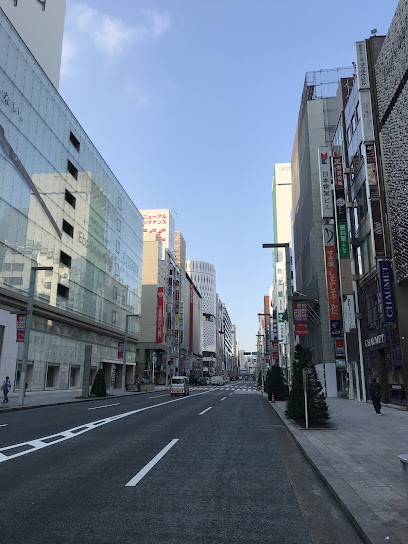
Angel of Ginza
Discover the Angel of Ginza, a stunning sculpture that captures the essence of Tokyo's art scene in the heart of its upscale shopping district.

Unmissable attractions to see
Hamarikyu Gardens
Explore the serene beauty and rich history of Hamarikyu Gardens, a tranquil retreat in the heart of Tokyo's bustling landscape.
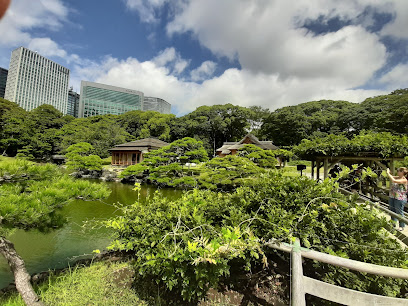
Kabuki-za
Discover the enchanting world of Kabuki at Kabuki-za, Tokyo's premier theater for traditional Japanese performing arts in the iconic Ginza district.
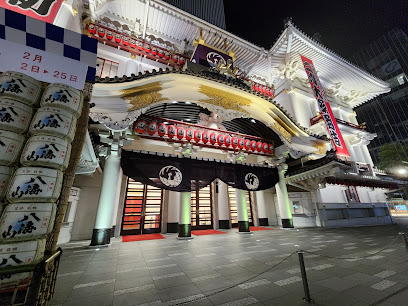
ART AQUARIUM MUSEUM
Explore the mesmerizing fusion of art and marine life at Tokyo's ART AQUARIUM MUSEUM, a unique attraction celebrating the beauty of goldfish and aquatic installations.
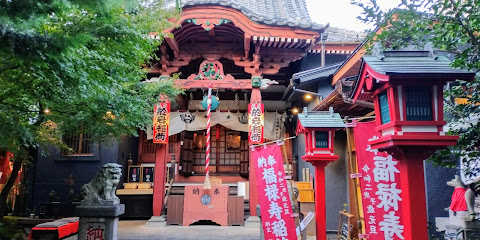
Godzilla Statue
Explore Tokyo's Godzilla Statue, an iconic cultural landmark showcasing Japan's beloved movie monster in the vibrant Yurakucho district.
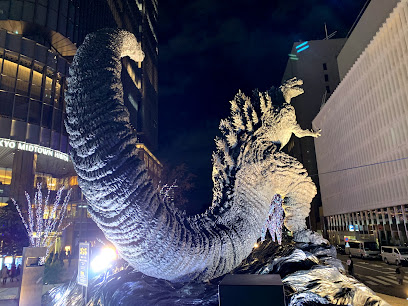
Sukiyabashi Park
Discover the serene beauty of Sukiyabashi Park, a hidden gem in Tokyo's bustling Ginza district, perfect for relaxation and nature lovers.

Ginza Pedestrian Paradise
Discover the elegance of Ginza Pedestrian Paradise, Tokyo's premier shopping and dining destination, where modernity meets tradition in every step.

Mitsukoshi Lion Sculpture
Experience the iconic Mitsukoshi Lion Sculpture in Ginza, a masterpiece of artistry symbolizing strength and tradition in the heart of Tokyo.
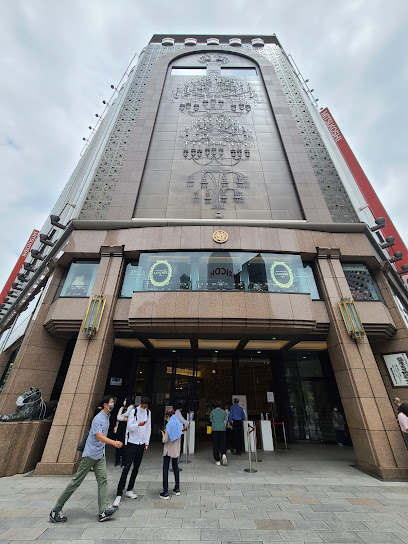
Ginza Central Street
Experience the elegance of Ginza Central Street, where luxury shopping meets traditional Japanese culture in the heart of Tokyo.
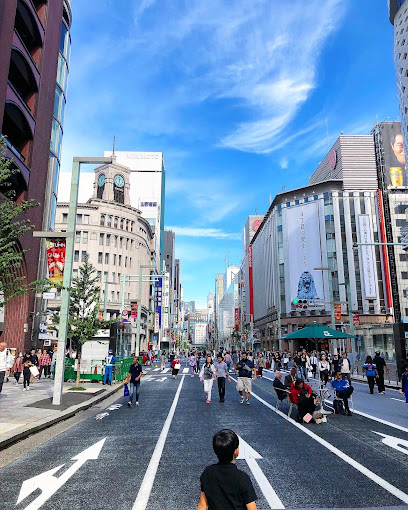
Don quijote exit entrance
Explore the vibrant world of Don Quijote in Tokyo, where eclectic shopping meets Japanese culture in a unique and unforgettable experience.

Japan's Top 100 Streets (Ginza 3-chome)
Discover the luxurious charm and vibrant culture of Ginza 3-chome, Tokyo's premier shopping and dining destination.
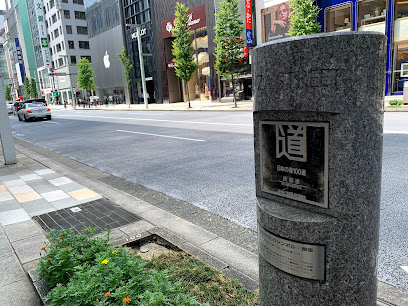
Essential places to dine
Ginza Nair's Restaurant
Discover authentic Indian flavors at Ginza Nair in Tokyo’s vibrant Ginza district - where every dish tells a story.

Ginza Ukai-Tei
Discover culinary artistry at Ginza Ukai-Tei, where teppanyaki meets fine dining in the heart of Tokyo's luxurious Ginza district.

Gyūan Ginza
Experience exquisite Japanese steak at Gyūan Ginza – where tradition meets culinary excellence in Tokyo's iconic district.
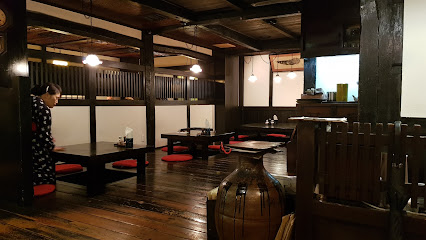
Kushiyaki Bistro Fukumimi Ginza
Experience authentic Japanese kushiyaki at Kushiyaki Bistro Fukumimi in Ginza – where tradition meets modern culinary artistry.
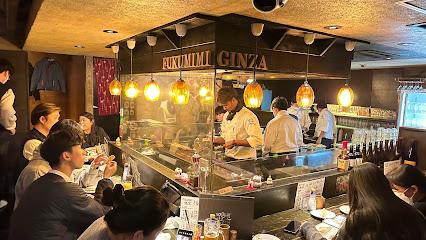
Teppanyaki 10 Ginza 6
Savor the art of teppanyaki at Teppanyaki 10 Ginza—where culinary mastery meets elegant dining in Tokyo's vibrant district.
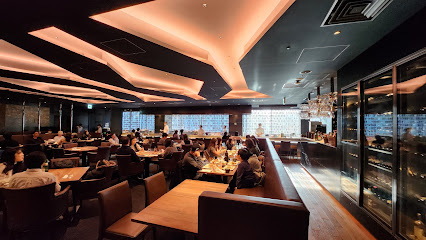
Bulgari Il Ristorante Luca Fantin
Experience unparalleled Italian fine dining at Bulgari Il Ristorante Luca Fantin in Tokyo's prestigious Ginza district.
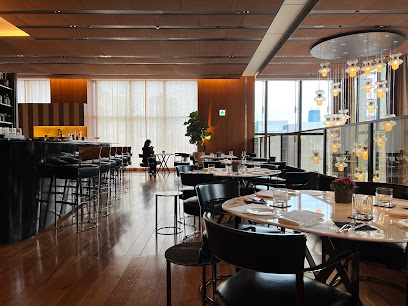
Makiyaki Ginza Onodera
Discover the exquisite fusion of French cuisine and Japanese flavors at Makiyaki Ginza Onodera – a premier steakhouse in Tokyo's vibrant Ginza district.

GINZA Hageten
Discover authentic Japanese tempura at Ginza Hageten in Tokyo’s prestigious Ginza district - where culinary excellence meets serene ambiance.
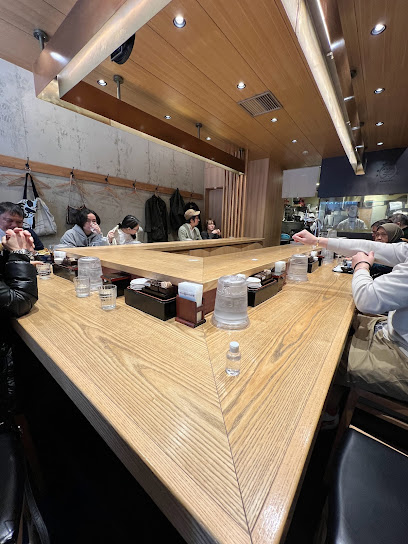
GINZA Fujimaru
Discover GINZA Fujimaru: Where French culinary artistry meets innovative dining in the heart of Tokyo's Ginza district.

Ginhachidon ginza
Discover authentic Japanese flavors at Ginhachidon Ginza, where culinary artistry meets tradition in the heart of Tokyo.
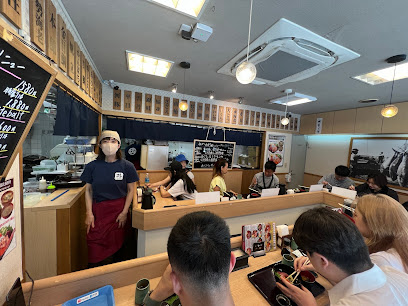
Markets, malls and hidden boutiques
GINZA SIX
Explore Ginza Six, Tokyo's premier shopping destination featuring luxury brands, exquisite dining, and cultural experiences in a stunning architectural setting.
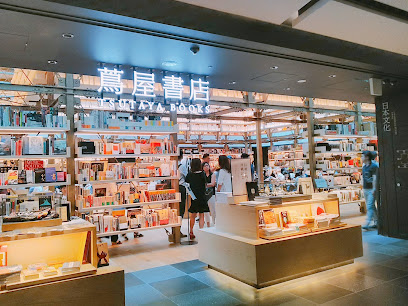
Mitsukoshi Ginza
Explore Mitsukoshi Ginza, Tokyo's iconic department store, featuring luxury shopping, gourmet dining, and cultural experiences in the heart of Ginza.
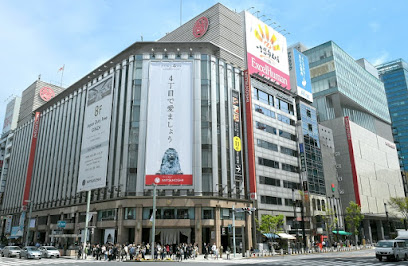
Uniqlo Ginza Flagshipstore
Explore the Uniqlo Ginza Flagshipstore, a vibrant fashion destination in Tokyo offering stylish clothing and unique designs in the heart of Ginza.
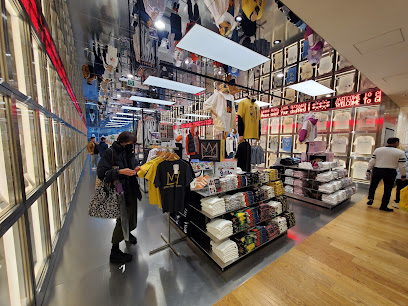
Dover Street Market Ginza
Explore the innovative and artistic shopping experience at Dover Street Market Ginza, where fashion meets creativity in Tokyo's iconic district.
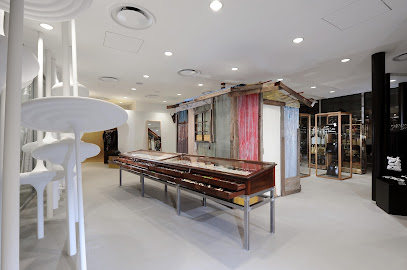
Sanrio World Ginza
Discover the enchanting world of Sanrio characters at Sanrio World Ginza, Tokyo's premier gift shop for fans of Hello Kitty and friends.
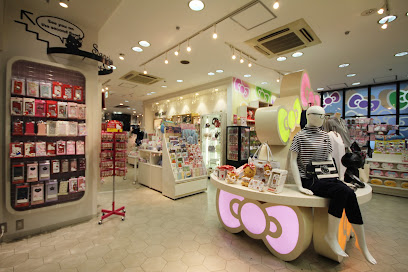
GINZA gCUBE
Explore the luxurious GINZA gCUBE in Tokyo, where shopping meets contemporary design and diverse dining experiences await.
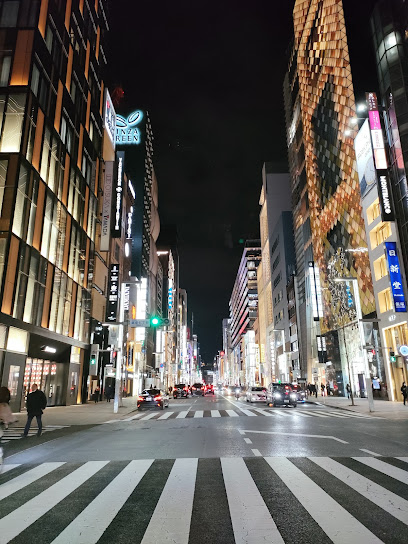
Caran d'Ache Boutique Ginza
Discover exquisite stationery and painting supplies at Caran d'Ache Boutique Ginza, Tokyo's premier destination for art lovers.

G-Star RAW Store
G-Star RAW Store in Tokyo's Ginza district: A fashion hub for denim lovers and trendsetters, blending style and sustainability.

CIBONE CASE
Discover CIBONE CASE in Ginza, Tokyo—where unique gifts meet exceptional design in a captivating shopping experience.

トルコ雑貨Lord Handmade Gallery 銀座店
Explore the exquisite Turkish handicrafts and carpets at Lord Handmade Gallery in Ginza, Tokyo—your destination for unique souvenirs.
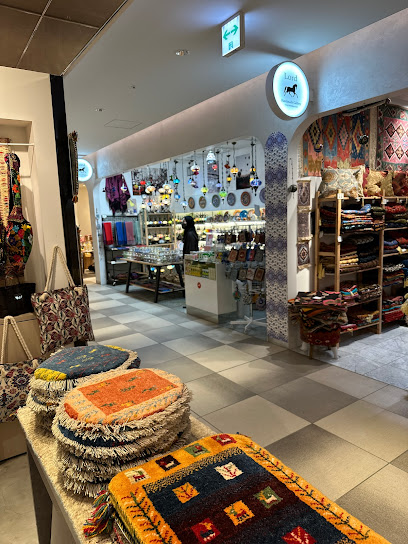
Essential bars & hidden hideouts
Ginza 300 Bar
Experience the lively atmosphere of Ginza 300 Bar, where affordable cocktails meet the vibrant nightlife of Tokyo's Ginza district.
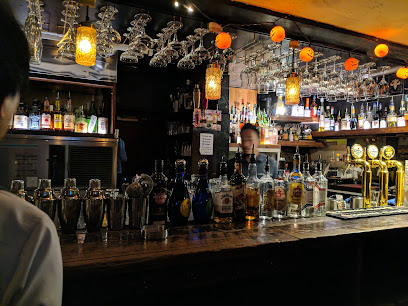
High Five
Discover the exquisite cocktail culture at High Five, a premier bar in Tokyo's Ginza district, blending artistry and flavor for an unforgettable night.
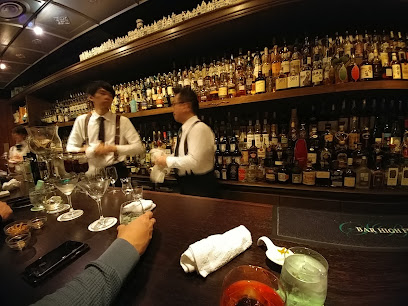
Star Bar Ginza
Discover the refined cocktail experience at Star Bar Ginza, where expert mixologists create exceptional drinks in a chic setting.

Ginza 300
Discover Ginza 300: A lively cocktail bar in Tokyo, offering a unique blend of flavors, affordable drinks, and a vibrant social atmosphere.
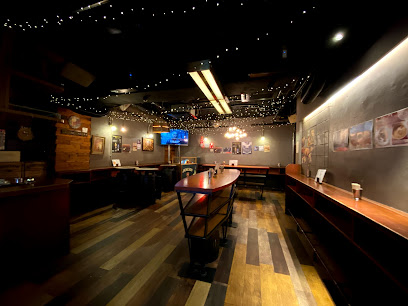
ORCHARD GINZA
Discover Orchard Ginza, a hidden gem in Tokyo's Ginza district, where exceptional cocktails and an inviting atmosphere await you.

Bar Four Seasons
Experience the elegance of Bar Four Seasons in Ginza, Tokyo's premier destination for exquisite cocktails and a sophisticated atmosphere.
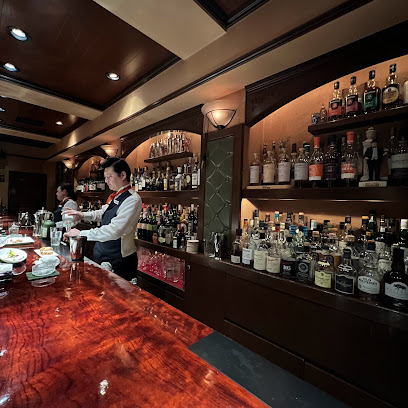
MOD
Experience the heart of Tokyo's nightlife at MOD, a trendy bar offering a vast selection of whiskies and a cozy atmosphere.

BAR PENGUIN
Experience the vibrant nightlife of Tokyo at Bar Penguin, a cozy bar in Ginza with exquisite cocktails and a welcoming atmosphere.
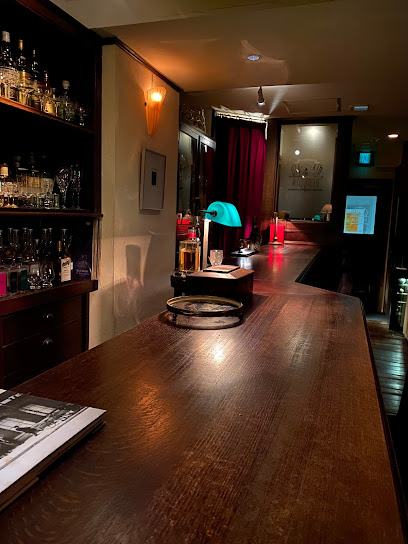
BAR TOKYO
Discover BAR TOKYO: A cocktail haven in Ginza with an inviting atmosphere, exquisite drinks, and delicious snacks to enhance your night out.
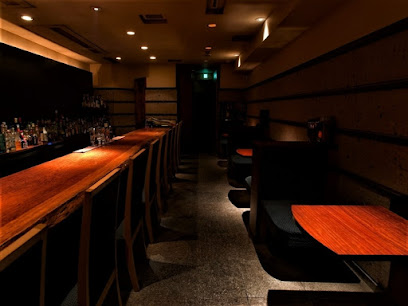
THE BAR CASABLANCA GINZA
Discover the charm of The Bar Casablanca Ginza, Tokyo's elegant bar offering exquisite cocktails and a taste of vibrant nightlife in the heart of Ginza.

Local Phrases
-
- Helloこんにちは
[Konnichiwa] - Goodbyeさようなら
[Sayonara] - Yesはい
[Hai] - Noいいえ
[Iie] - Please/You're welcomeどうぞ
[Douzo] - Thank youありがとう
[Arigatou] - Excuse me/Sorryすみません
[Sumimasen] - How are you?お元気ですか?
[Ogenki desu ka?] - Fine. And you?元気です。あなたは?
[Genki desu. Anata wa?] - Do you speak English?英語を話せますか?
[Eigo o hanasemasu ka?] - I don't understandわかりません
[Wakarimasen]
- Helloこんにちは
-
- I'd like to see the menu, pleaseメニューを見せてください
[Menyuu o misete kudasai] - I don't eat meat肉は食べません
[Niku wa tabemasen] - Cheers!乾杯!
[Kanpai!] - I would like to pay, pleaseお会計をお願いします
[O-kaikei o onegai shimasu]
- I'd like to see the menu, pleaseメニューを見せてください
-
- Help!助けて!
[Tasukete!] - Go away!行ってください!
[Itte kudasai!] - Call the Police!警察を呼んで!
[Keisatsu o yonde!] - Call a doctor!医者を呼んで!
[Isha o yonde!] - I'm lost道に迷いました
[Michi ni mayoimashita] - I'm ill具合が悪いです
[Guai ga warui desu]
- Help!助けて!
-
- I'd like to buy...買いたいです...
[Kaitai desu...] - I'm just looking見るだけです
[Miru dake desu] - How much is it?いくらですか?
[Ikura desu ka?] - That's too expensiveそれは高すぎます
[Sore wa takasugimasu] - Can you lower the price?値段を下げてもらえますか?
[Nedan o sagete moraemasu ka?]
- I'd like to buy...買いたいです...
-
- What time is it?今何時ですか?
[Ima nanji desu ka?] - It's one o'clock1時です
[Ichiji desu] - Half past (10)10時半
[Juuji han] - Morning朝
[Asa] - Afternoon午後
[Gogo] - Evening夕方
[Yuugata] - Yesterday昨日
[Kinou] - Today今日
[Kyou] - Tomorrow明日
[Ashita] - 1一
[Ichi] - 2二
[Ni] - 3三
[San] - 4四
[Shi] - 5五
[Go] - 6六
[Roku] - 7七
[Shichi] - 8八
[Hachi] - 9九
[Kyu] - 10十
[Ju]
- What time is it?今何時ですか?
-
- Where's a/the...?...はどこですか?
[...wa doko desu ka?] - What's the address?住所は何ですか?
[Juusho wa nan desu ka?] - Can you show me (on the map)?地図で示してもらえますか?
[Chizu de shimeshite moraemasu ka?] - When's the next (bus)?次の(バス)はいつですか?
[Tsugi no (basu) wa itsu desu ka?] - A ticket (to ....)チケット(...まで)
[Chiketto (...made)]
- Where's a/the...?...はどこですか?
History of Ginza
-
Ginza's history can be traced back to the Edo period (1603-1868), when it began as a small fishing village. The area gained prominence in the early 17th century when the Tokugawa shogunate established a silver mint, which led to the name 'Ginza,' meaning 'silver mint' in Japanese. This establishment marked the beginning of Ginza's transformation into a hub for commerce and trade.
-
During the Meiji era (1868-1912), Ginza underwent significant modernization. The government initiated urban planning reforms, and Western-style buildings began to emerge, replacing traditional structures. This period saw the establishment of department stores and international businesses, positioning Ginza as a fashionable shopping district. The first department store, Mitsukoshi, opened in 1904, setting a precedent for modern retail in Japan.
-
Ginza was heavily bombed during World War II, resulting in extensive destruction. However, the post-war period brought a rapid reconstruction effort, leading to the revival of Ginza as a center of commerce and culture. The 1950s and 1960s witnessed a surge in consumerism, and Ginza became synonymous with luxury shopping and high-end brands, attracting both locals and tourists.
-
Today, Ginza is recognized not only for its shopping but also for its cultural significance. The district hosts numerous galleries, theaters, and cultural institutions, including the Kabukiza Theatre, which showcases traditional Kabuki performances. Ginza's blend of modernity and tradition reflects the broader cultural evolution of Tokyo and Japan, making it an essential destination for both historical exploration and contemporary experiences.
-
Ginza is known for its eclectic mix of architectural styles, from historic buildings dating back to the early 20th century to modern skyscrapers. Notable structures include the iconic Wako Building, completed in 1932, which features a distinctive clock tower. The architectural evolution of Ginza mirrors Japan's broader architectural trends and showcases the balance between historical preservation and modern innovation.
Ginza Essentials
-
Ginza is easily accessible from various neighborhoods in Tokyo. From Shinjuku, take the Marunouchi Line to Tokyo Station and transfer to the Ginza Line. From Shibuya, take the Ginza Line directly to Ginza Station. If you're coming from Asakusa, you can take the Tobu Line to Asakusa Station and then the Ginza Line to Ginza. The area is also conveniently reachable by taxi or bus from other districts.
-
Ginza is well-connected through Tokyo's extensive public transportation network. The Ginza Line and the Marunouchi Line serve the area, with Ginza Station as a major hub. The area is also pedestrian-friendly, making it easy to explore on foot. Buses are available for longer trips, and taxis are a convenient option for late-night travel. Bicycles can be rented at various locations, and cycling is a great way to explore nearby areas.
-
Ginza is generally considered a safe neighborhood for tourists, with low crime rates. However, it is advisable to remain vigilant, especially in crowded areas. Avoid walking alone in poorly lit streets at night. While there are no specific high-crime areas targeting tourists, petty crimes like pickpocketing can occur in busy shopping districts, so keep your belongings secure.
-
In case of an emergency, dial 110 for police assistance or 119 for fire and medical emergencies. There are hospitals and clinics in the Ginza area, including the Tokyo Medical University Hospital. Having travel insurance is advisable to cover any medical expenses. Pharmacies are also available for minor health issues.
-
Fashion: Do dress smartly and consider the upscale nature of Ginza; avoid overly casual attire. Religion: Do respect local customs, especially in temples or shrines; it’s best to cover shoulders and knees. Public Transport: Do be quiet and courteous on trains; don’t talk on the phone. Greetings: Do bow slightly when greeting; don’t engage in overly familiar behavior. Eating & Drinking: Do try local sushi and matcha; don’t eat while walking, as it’s considered impolite.
-
To experience Ginza like a local, visit during the weekend when the main street is closed to traffic, allowing for leisurely strolls and outdoor events. Explore the hidden alleyways for local eateries and shops that are often overlooked. Check out the Ginza Six shopping complex for a blend of high-end and traditional shops. Don’t miss the Kabukiza Theatre for a glimpse into traditional Japanese performing arts.
Nearby Cities to Ginza
-
Things To Do in Nagoya
-
Things To Do in Kanazawa
-
Things To Do in Kyoto
-
Things To Do in Nara
-
Things To Do in Osaka
-
Things To Do in Hiroshima
-
Things To Do in Sapporo
-
Things To Do in Fukuoka
-
Things To Do in Pohang
-
Things To Do in Gyeongju
-
Things To Do in Ulsan
-
Things To Do in Busan
-
Things To Do in Andong
-
Things To Do in Daegu
-
Things To Do in Chuncheon











